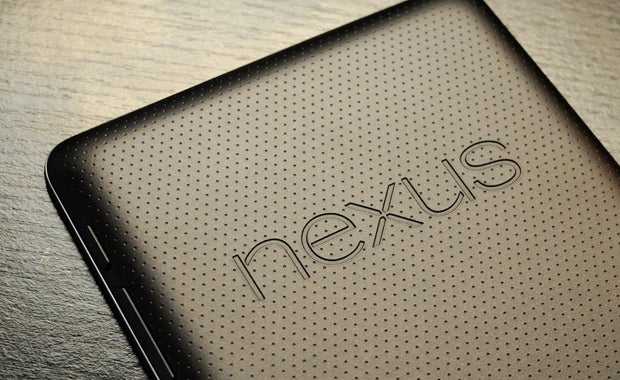Google in 2020: How the Pixel maker could beat the Apple iPad

2019 has come to a close and oh boy, was it a turbulent year for the tablet industry.
Not only have we once again seen diminishing sales of tablets – with users now waiting longer to upgrade their ageing iPad or, in many cases, deciding they don’t need one at all – we’ve also had Google, a former key player, announce it is completely pulling out of the market.
Specifically the firm said it will not make another own-brand Pixel or Nexus slate, which, as we said at the time, is an absolute travesty for tablet fans who don’t want an iPad. This is especially true as, if Google leveraged some of the work it’s already doing, it could easily make the iPad-killer we’ve been waiting for.
Here’s how:
Properly invest in Stadia
Apple iPads are stellar entertainment devices that easily beat most competing tablets. This is because games generally aren’t optimised for tablet dimensions on Android, so you’ll often run into some performance and screen tearing issues. They also beat competing Windows 10 tablets thanks to their ease of use. With an iPad you don’t have to worry about specs or frame rates – if it’s in the App Store or Apple Arcade it’ll run on your iPad.
The only downside is that, outside of a few notable exceptions, a lot of the games are fairly casual and far from the triple-A fodder you’ll get on a full-fat gaming PC. Which is why Google could beat Apple in gaming with its latest Stadia service.
Stadia may be having some teething problems at the moment but on paper it’s a fantastic service. For those who missed it, Stadia lets you stream triple-A games to Pixel phones and, in the future, any Chrome tab with an active internet connection over the cloud.
This means that if you have a fast enough active internet or mobile data connection, you can play big games like Destiny 2 on any device, regardless of its physical hardware. If Google manages to get it working properly, this could have been a key selling point for its tablets, differentiating them from both the iPad and Surface.
Sort out Android apps in Chrome
The other big problem with Google’s last tablet, the Pixel Slate, was Chrome OS’s slightly lacklustre application offering. For those out of the know, the Chrome OS library is very limited and focused on web, not local, apps.
Google tried to get around this by rolling out beta support to run Android apps on Chrome OS. The implementation, however, felt rushed and half finished. The apps were usually a little rough around the edges and would regularly crash.
Android has an undeniably huge app library, so if Google managed to fix Android app support on Chrome OS and properly optimise apps to run on its desktop/laptop OS, it would be a huge boon that would let its Pixel Slates match – and at times beat – Apple iPad OS’s offering.
Related: Best tablet 2019
Target creatives
Apple’s iPad Pro isn’t perfect, but one thing it does get right is targeting creatives. I personally am not the biggest fan of the Pencil stylus – team Wacom for life – but there’s no denying Apple’s done a stellar job of optimising the Pro for creative sketching and basic editing.
The 120Hz refresh rate and stellar amount of pressure sensitivity levels make the tablet a delight to sketch on. It also has a wealth of stellar software packages, like the recently upgraded Procreate and Affinity Designer – which is one of the best entry-level vector graphics packages money can buy, regardless of platform.
Google’s already shown it can match the iPad’s hardware for artists and the Pixelbook and Pixel Slate both had great styluses, but if it wants to beat the iPad it’ll need to get some decent digital painting and photo editing apps on its platform.
Competitively price its tablets
We’ve argued over and over again that Google made a mistake when it retired its Nexus branding. This isn’t because we think the name is particularly great, it’s because the Nexus devices constantly did one thing right: pricing.
Nexus devices constantly offered specs and features traditionally seen on phones and tablets close to twice their price. This was a key metric that made the first- and second-generation Nexus 7 tablets two of the best Android slates ever made, back in the day.
If Google were to pull the same trick and release a tablet that was competitively priced – not £1000 – it could reclaim this glory and easily draw some users away from the slightly overpriced iPad Pro line. We’ve already seen the company do this to great effect earlier this year with the release of its mid-range Pixel 3a line of phones, which, according to most sales estimates, are the best-selling Made by Google phones in years.


